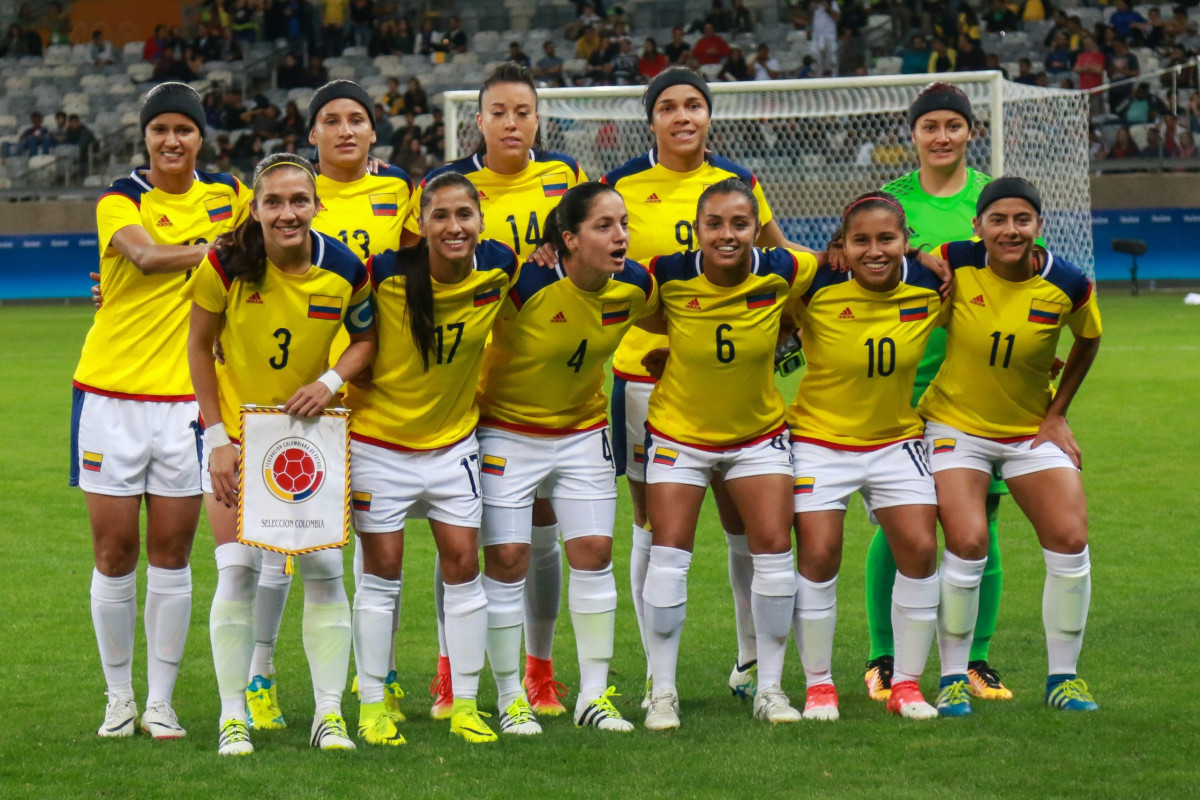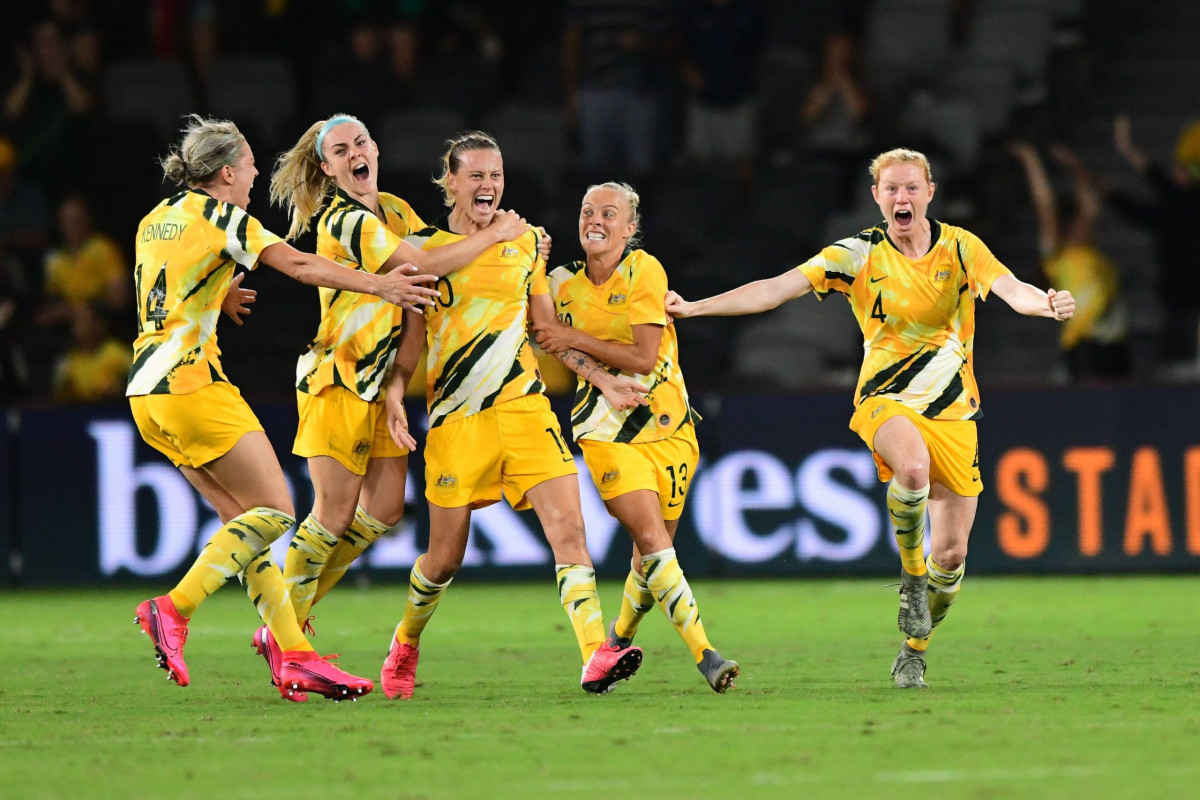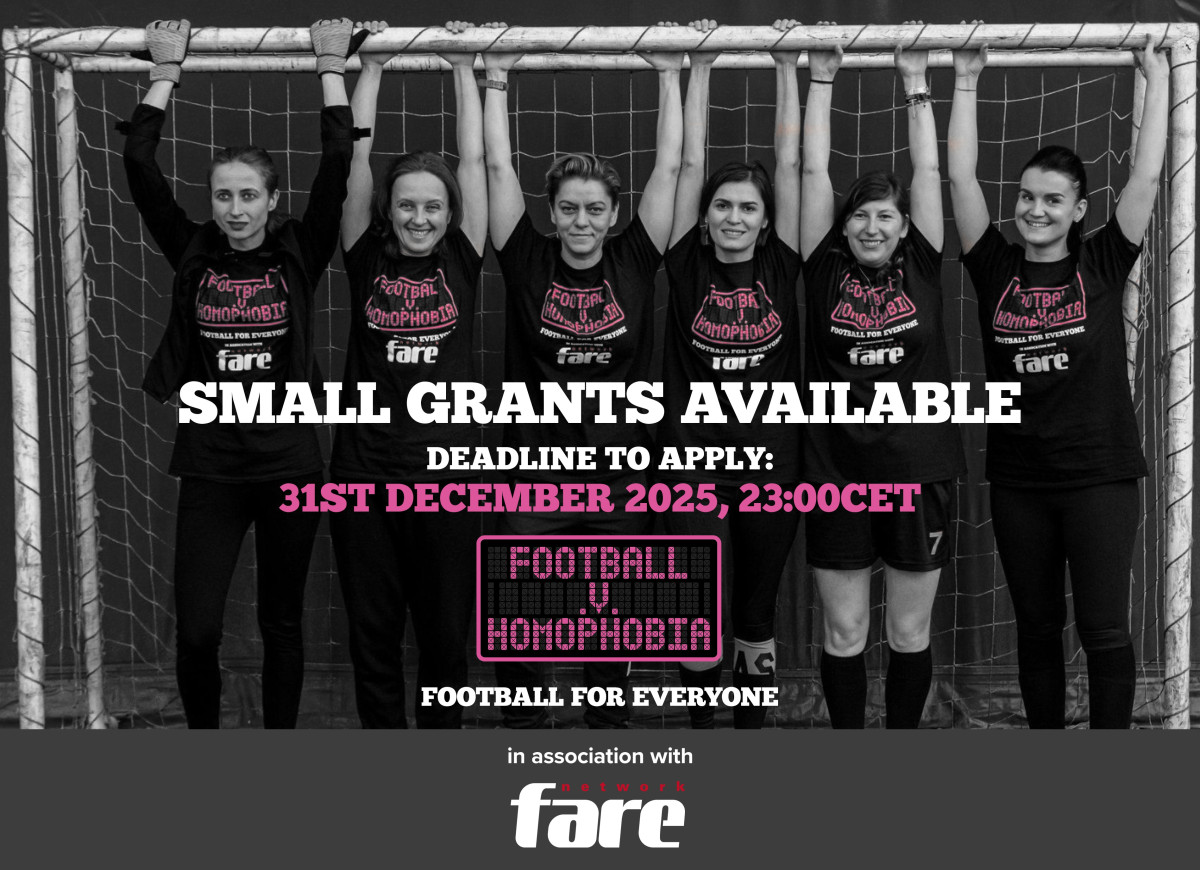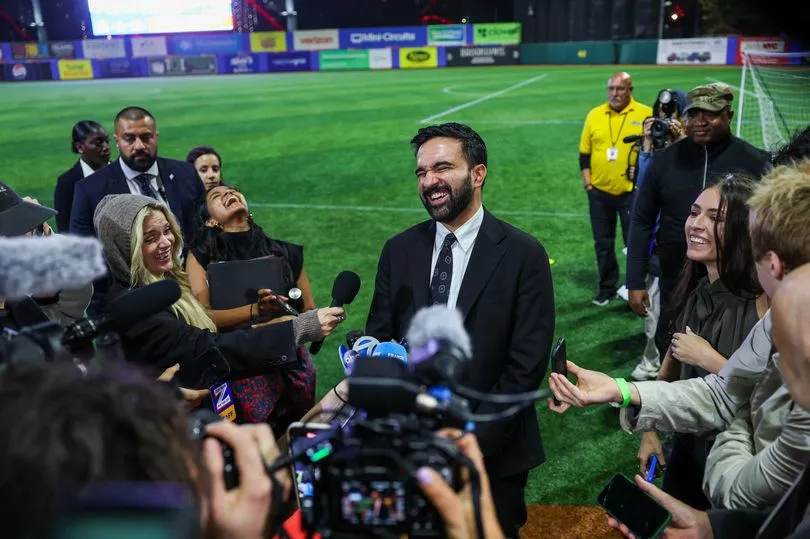With just over two weeks until the hosts for the 2023 FIFA Women’s World Cup are announced on 25th June, FIFA has revealed the scores awarded to each country as a result of its technical inspections.
Last week Brazil confirmed they were dropping out of the bidding process. The Coronavirus pandemic meant they had failed to obtain the government guarantees which FIFA require to host a tournament.
That leaves three bids remaining: Japan, Colombia, and Australia/ New Zealand, competing to show FIFA they can build on the momentum generated by a successful tournament in France a year ago.
In the 2019 Final in Paris the USNWT claimed its fourth win in the competition after defeating the Netherlands 2-0 in the final. The match was watched by an average live audience of 82.18 million viewers and reached a total of 263.62 million unique viewers.
FIFA has committed to expanding the next tournament to 32 teams for 2023, an increase of eight teams from the 24 participating nations in 2019. Amid concerns this expansion will lead to a more unequal and unsatisfactory competition, highlighting the differences in resources FAs commit to women’s football, the world governing body has pledged to double its investment in women’s football between 2019 and 2022 to $1bn (897.5m Euros).
All of the bidding nations are keen to build their presence in women’s football. Japan are set to launch the country’s first professional women’s league in Autumn 2021. The new league comprising of six to 10 teams will sit above the current semi-professional Nadeshiko League, which has been running for the past 30 years.
Japan have a good record as participants in the World Cup, winning it in 2011, and finishing as runners-up in 2015. Their bid features eight stadia, many of which are set to host matches for next year’s delayed Olympic football tournaments. The FIFA inspection report by FIFA gave them a score of 3.9 out of 5.
Colombia’s bid is the sole prospect of a World Cup being hosted in Latin America for the first time, and entails 10 venues in 10 host cities, with the final due to be played at the Estadio El Campin in Bogota.

This bid comes amidst a backdrop of unrest prompted by Coronavirus and sees the Colombian professional league in danger of falling apart.
Colombia women's football had only regional leagues until 2016. In the Liga Femenina Profesional de Fútbol Colombiano was set up with 18 teams. It lasts a relatively short four or five months.
Colombia’s women’s footballers have been among the most vocal in expressing concerns over the future of the sport in Latin America, and there is no indication when football will return in the country.
In May, we reported that only 2 of 18 clubs in the country committed to paying its women players during pre-season, with Club Independiente Santa FE suspending player contracts altogether.
More recently, we learnt that Club Atletico Huila have pulled out of the women’s league to prioritise the survival of its men’s teams. Their inspection score is the lowest of three bidders - 2.8 out of 5.
Finally, the joint bid from Australia and New Zealand will see the tournament held in 13 stadia across 12 host cities, and sits with ambitious plans to grow the sport across the Asia-Pacific region.
Australia is seeking to reach a 50/ 50 split in registered men’s and women’s players by 2027, while New Zealand wants to drive 7% year on year growth to aide FIFA in their vision of having 60 million women and girls playing the sport by 2026.
This is also the only bid being led by a woman, Johanna Wood, who is president of New Zealand Football.
Unlike the well-documented struggles of many women’s teams for pay parity with their male counterparts - the most publicised of which is the USNWT - New Zealand became one of the first FAs to award equal pay to the Ferns in March 2018, which was followed by Australia in November 2019.

The bid has also been widely backed by both the Australian and New Zealand governments and their recognition of the branding and social benefits that can come from hosting a high-profile tournament. Such support has contributed to the bid receiving the highest score in the latest inspection, at 4.1 out of a possible 5.
The inspection scores, strong government support, and the dynamic feel of the Aus/ NZ bid might suggest they are the front runners.
However, when the 39 members of the FIFA Council come to vote many will do so based on factors such as regional alliances, the quality of bid presentations, timezones, and an assessment of economic returns and growth. The voting decision of each Council member will be made public, but the basis of the decisions may not be easy to read.
All of the bid books are publicly available and can be found here. FIFA's evaluation of each bidder is also included in the graphic below, and shows the risk levels in six different areas.





